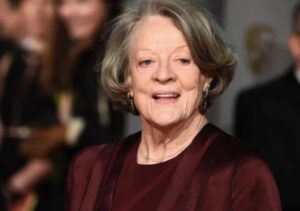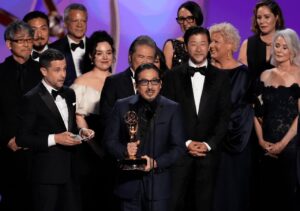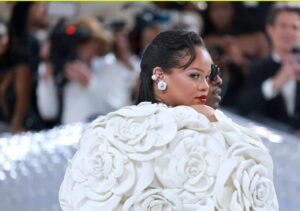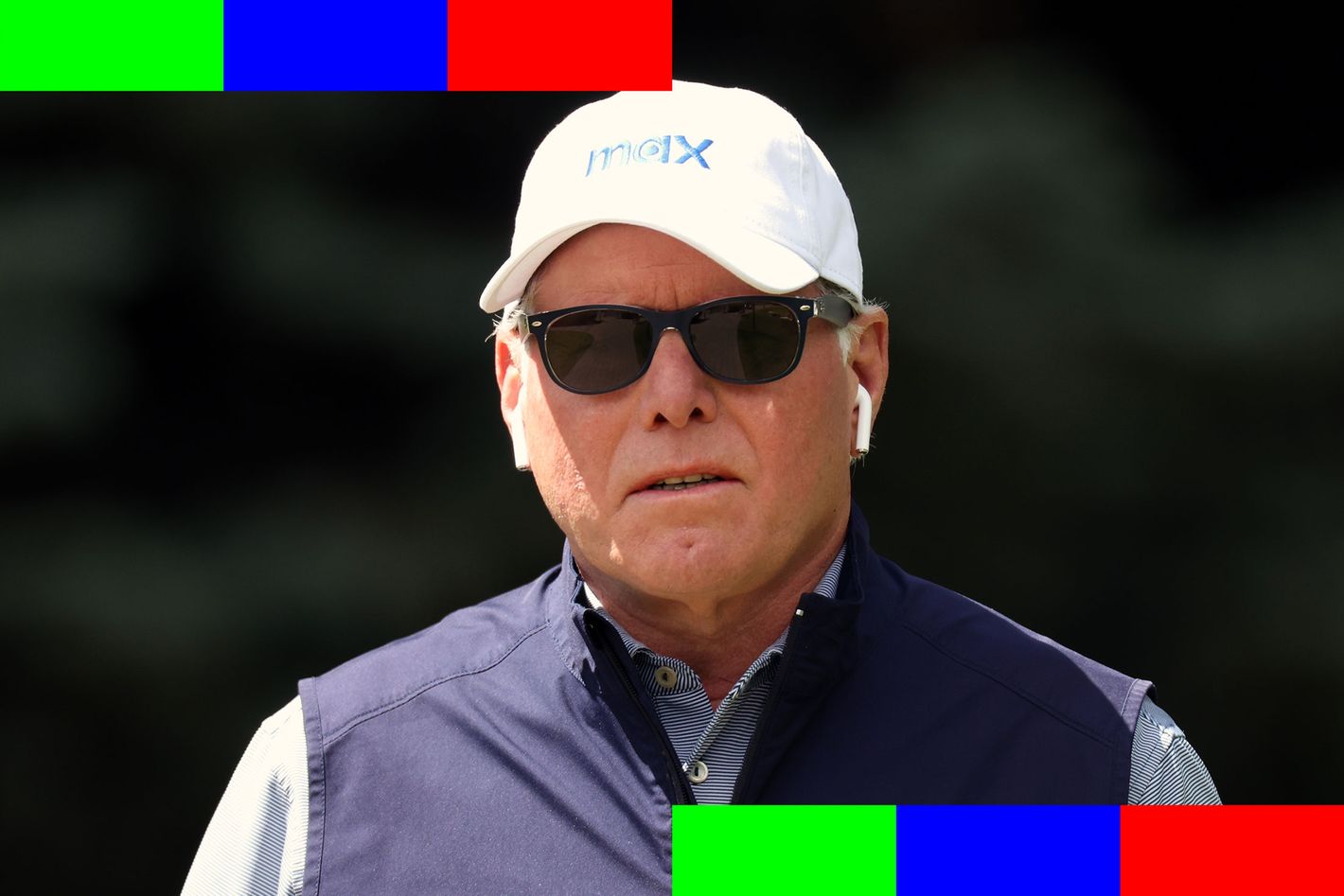
The collective cackle could be heard ’round Hollywood: David Zaslav and Warner Bros. Discovery beat a resolute retreat yesterday from the controversial decision to cut “HBO” from the name of the HBO Max streaming service two years ago. They already did away with Max’s generic blue branding earlier this year (which itself was a change from its original purple), returning to a black-and-white, recognizably “HBO” color scheme, but name unbranding is a signal that, despite the however much money and time they spent getting Max right, it was wrong in the end.
So we had to talk about it. This summer, apps will update and “HBO” will return to its rightful place in front of whatever the word “Max” means. We assembled a brain trust of our writers who have followed this marketing ouroboros from the beginning to (hopeful) end: HBO to HBO Go to HBO Now to HBO Max to Max and back to HBO Max. Below, Nick Quah, Savannah Salazar, Eric Vilas-Boas, and Joe Adalian discuss the WBD decisions that led to the name change and what it means for the future of HBO Max.
Eric Vilas-Boas: Family, friends, esteemed guests: We gather today to honor the memory of Max (2023–25), a streaming service that indisputably baffled subscribers, mostly wore blue, and played an inscrutable opening sound effect when you opened its app. How did you react when you learned it would rebrand back to HBO Max?
Nick Quah: I was kind of … delighted? It’s just so funny. Given the shape of the Zaslav era, I don’t think anything will be surprising anymore, but this had a comedic roundness to it.
Savannah Salazar: I’m just glad it’s back. No normal person has called it just “Max.”
E.V.B.: Everyone I know who doesn’t obsessively track streaming news has just called it “HBO Max” from the start. “Max” had no juice. What did you guys call it?
N.Q.: I’ve always called it “HBO.” Even when I’m booting it up to let House Hunters run loose.
S.S.: Always “HBO Max.”
Joe Adalian: I respected its chosen brand identity. And have actually been brutal at correcting people when they’d call The Pitt an HBO show. A real stickler, that’s me!
Why Max Had to Change Back to HBO Max
N.Q.: I will say, I don’t disagree with the original idea to move away from an overarching HBO branding.
E.V.B.: The stated goal when it rebranded in 2023 — to broaden the service in an attempt to chase a wider audience — wasn’t a terrible one. The bet just didn’t pay off.
N.Q.: You wouldn’t want to dilute the HBO brand, which people actually like, by ambiently associating it with HGTV, Discovery ID, TNT, and all that. Not only does “Max” have no juice on its own, it’s not a word you can claim. “Netflix” is a silly made-up word, but you can own the definition. “Peacock” is already a thing for NBC. “Max” is too common. It’s also some dude’s name, you know?
J.A.: Who would’ve thought Peacock would win the streaming name wars? HBO has operated a side brand for decades called Cinemax, which was often shortened on air to just … Max! The intent was good, but the execution was flawed. My opinion: They shouldn’t have included “HBO” in the original “HBO Max” name, but once they did, the genie was out of the bottle with anything with the word “Max.” Name No. 3 should’ve been something completely different — no HBO, no Max. You then market HBO and HBO shows robustly and let people know they can stream HBO shows on this other platform. Same thing with any Discovery shows you want to market.
S.S.: I get not wanting to associate HBO shows with the Discovery fare — I just think that HBO Max had always been clear with its branding. There’s been an HBO tab the whole time! People have dealt with HBO for years; they know The White Lotus and Ghost Adventures have no relation to each other. The value and prestige is still in HBO.
Color Theories
E.V.B.: Consumers certainly seemed to feel that way. Casey Bloys called the re-rebrand “a reaction to being in the marketplace for two years.”
N.Q.: I can’t tell if this is a Pyrrhic win for him, or if it’s, like, a victory lap.
E.V.B.: I read it as a victory lap? He’s championed the HBO brand for years, so this feels like a vindication of that. Though his other quote did sound exasperated: “I do hope this is the last time we have a conversation about the naming of the service.” Do we think it will be?
J.A.: For what it’s worth, people at HBO proper were the biggest proponents of taking HBO out of the name, for the reasons mentioned. They didn’t want to sully the HBO brand. I am not sure if he is happy or sad this week, but I do think he’s exhausted, as that second quote indicated. People at HBO and what is now “Max Content” just want to get back to making good shows — which, to be fair, they never stopped doing. The quality of the original content has been pretty high, whatever it’s called.
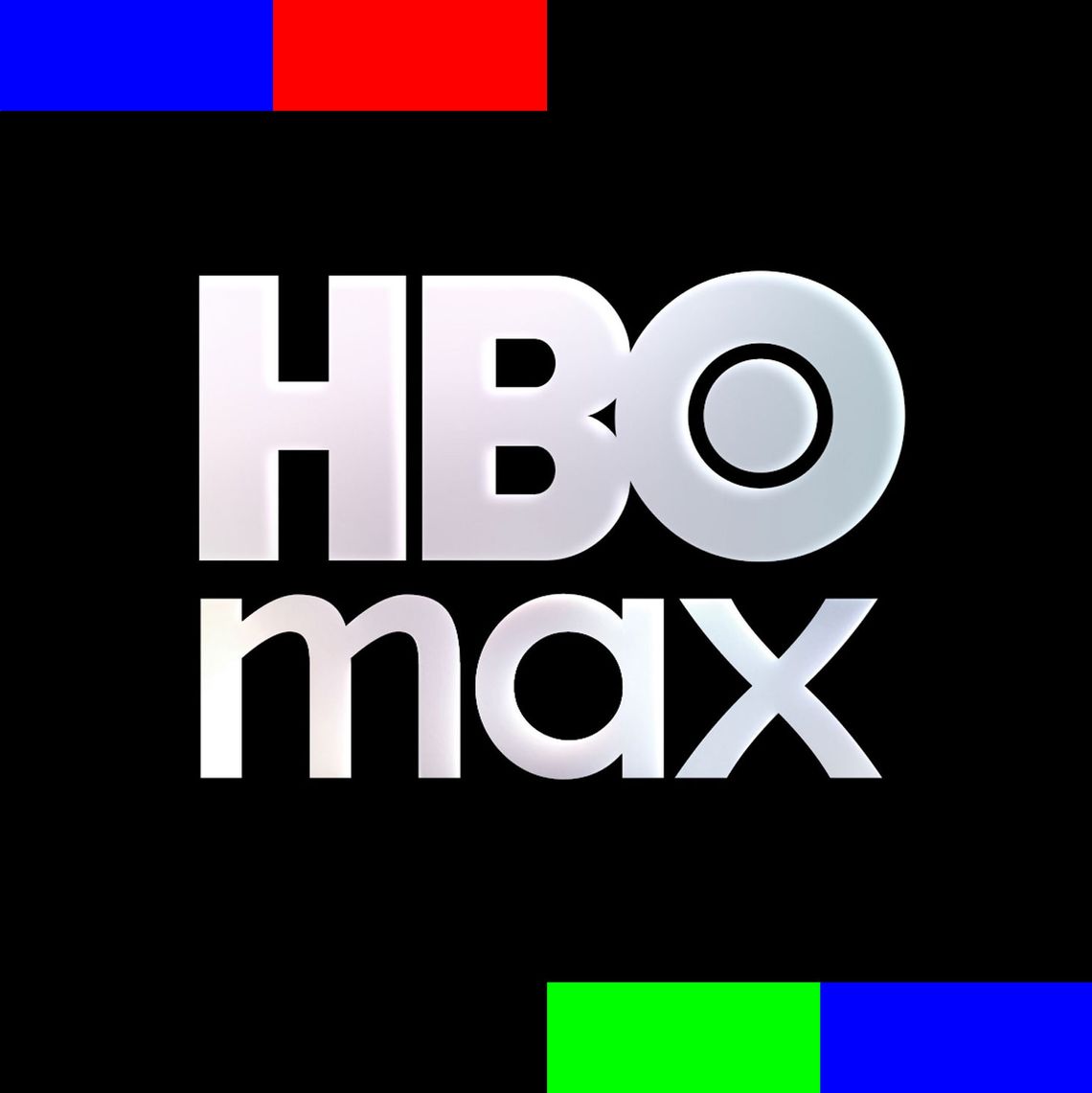
S.S.: The next name is HBO Go. The branding is already halfway there!
E.V.B.: And it has the original colors again, which we should talk about.
N.Q.: WBD can get merged or acquired by another conglomerate, and we can do this all over again. Do we know if we’re going back to the pretty purple?
S.S.: Please! That’s all I ask. Blue was always a bad idea. Blue is the basic streamer color. Even Disney+ tried to zhuzh up its blue by calling it “Aurora.”
N.Q.: Green is still up for grabs.
J.A.: Going back to black was our first hint that HBO Max was coming back … and that perhaps, one day, it will be just HBO again (as it still is on cable).
S.S.: RIP purple, you were too rad for this world.
HBO’s Bet on Quality
E.V.B.: It was also a much newer (merged) company when Max rebranded and ramped up its platform to include Discovery content. The former marketing chief told me it was a “long and arduous” process. It was apparently the biggest marketing spend of its kind in the company’s history. The choice to walk it all back seems to have come … way easier?
N.Q.: It’s probably the outcome of having that actual data from the marketplace. A branding process gets long and arduous because you’re taking a leap but you’re scared, so you’re debating and sweating and then hedging your bets with something like a basic color and a word like “Max” that means nothing and is for no one. You know what’s a good streamer name? Shudder. Criterion, because you know the film nerds love Criterion. Crunchyroll, because Japan. That’s the good stuff.
E.V.B.: Yes, all of these have really specific identities. And Shudder and Crunchyroll are proof that you didn’t need to exist before the streaming era to have “the good stuff.” Just master your niche.
S.S.: Streamers in general are pivoting away from quantity to focus on “better content” messaging. Bob Iger has hit this hard in earnings calls and at this week’s upfront, and even WBD’s press release cites it as the reason to include HBO in the streamer name. Streaming is looping back to the days of cable, and HBO remains that prestige-y constant.
E.V.B.: It took some time, but WBD’s streaming division is profitable. (That includes Discovery+, which is still a standalone app and was profitable even back when Discovery content made its way to Max.) Did it get there … in spite of the “Max” moniker? And do we think this latest name change will help it achieve Zas’s goals of streaming and world domination?
S.S.: I sort of assumed that adding “HBO” back to the name signaled that the streamer accepts that it won’t reach the heights of Netflix but that it can still be worth paying for.
N.Q.: I’m pretty sure it’s in spite of. My sense is that the profitability largely came out of the cost-cutting. But I’ll defer to my guy Joe.
J.A.: It’s gotten here mostly by slashing costs: less original content, less library content, fewer employees. It’s also expanded globally (finally), which has helped build the subscriber base and brought in revenue. But it Max-imized revenue by minimizing investment. Oh, and it raised the prices and cracked down on password sharing.
S.S.: Less is Max, and ESPN is more than ESPN+. Nothing makes sense in streaming.
Does Zaslav Still Need to Bundle to Survive?
N.Q.: Speaking of which, there’s really a pathway to an interesting unbundling strategy here. It also makes me think about this week’s news that Disney is going to price the standalone ESPN app at $30. That … might work? Since it’s a different product proposition for a specific audience that knows the brand and wants to get it.
J.A.: I think it will mostly push people into the broader Hulu/Disney+/ESPN app, Nick. For just a few dollars more, you keep the kids and Marvel fans in your house even happier.
S.S.: Disney is all about a bundle.
J.A.: But that said, yes, there will be folks for whom Just ESPN™ will be better than paying $80 for YouTube TV.
N.Q.: Why not have it all?
J.A.: The more interesting bundles to come are the ones which combine multiple platforms across corporations. I was talking to someone at Google this week, and they absolutely want to be a bigger bundler. Amazon and Apple have similar aspirations. It strikes me that in that world, you want to give consumers the ability to just add ESPN to a bundle with, say, Peacock and Paramount+, or to fold in something branded “HBO” with Hulu and Prime Video. I do think this latest HBO Max name change is an indicator of a world coming very soon where WBD is trying to be part of even more bundles that it already is.
Also, it would not surprise me at all if, at some point, there’s an option to just add HBO — no Friends reruns, no Discovery content, not even The Pitt — to a skinny bundle of streamers. If that happens, we will have come full circle back to the cable era, when your cable company pushed you to upgrade your basic service by adding on HBO or Showtime. Maybe there’s not a standalone HBO app, but why not bundle ad-free HBO-only content for $10?
S.S.: HBO Now and HBO Go will return.
E.V.B.: With all these moves toward specificity, niches, and cable-era logic, if the future is bundling, who are HBO’s (and HBO Max’s) main competitors now? And does the name change help them better compete?
S.S.: Would HBO’s be Hulu and FX at this point?
N.Q.: For the HBO Max platform as a whole, isn’t it the same set of competitors as far as general-interest streamers are concerned? Netflix, Peacock, Disney, and Apple all compete on the same front lines: scripted, unscripted, sports, whatever comes next.
J.A.: For just HBO, it’s FX, for sure. But also Apple and Netflix. Netflix is much broader, but it still plays in the premium space. Hulu and Disney+ originals are elevated broadcast shows, mostly. HBO is still bespoke … but with scale. But Savannah and I are speaking of just HBO, which is a brand which never went away (and lives fully on cable, unlike FX’s cable offering, which isn’t even run by John Landgraf anymore).
N.Q.: Yeah, that tracks. In that case, yeah, mostly FX and Apple — the awards and cultural-buzz lane.
J.A.: And to the second question, in a bundled world, I think it’s better for WBD to compete with a very strong, premium brand (HBO) than with the amorphous blob that is Max. So HBO Max splits the baby. Honestly, the last six months, whenever I read about WBD’s intentions with Max/HBO Max, I just keep thinking of that old MadTV sketch about a dating service for people who’ve sort of given up: “Lowered Expectations”
E.V.B.: Brutal.
What Does the Ideal HBO Max Look Like?
N.Q.: Curious, Joe, what do you think the best version of HBO Max would look like? From a market-competition standpoint. If you were Zas for a year.
J.A.: The version launched by Kevin Reilly and Bob Greenblatt was the right idea. WBD has a huge content portfolio, and it makes sense to offer that to consumers in one big app. The problem is pricing. HBO has long been in the $13-to-$16 range on cable, and HBO Now was $15 in the standalone streaming era. HBO Max launched with the promise of all HBO content plus a lot more … for free. Like, in the bid to expand beyond the one-third of U.S. homes that had HBO or HBO Now, WBD (then WarnerMedia) tried to say, “Okay, we know $15 is a lot for just HBO. What if we also gave you a lot more stuff?” But that stuff really wasn’t enough to drive the sort of growth it needed, so it had to start raising the price (a little) and cutting back investment in content (a lot). Disney got it right: It launched Disney+ while keeping Hulu. It gave consumers a choice: You can have basic cable (Hulu) and add our premium network (Disney+), or you can bundle for a discount. And it worked! Warner tried to make everyone pay a premium no matter their needs, and the result was slow growth in the U.S. relative to other streamers. What finally worked was more cord-cutting, other streamers raising their prices even more, and downsizing the content offering to save money.
As for the ideal, I’d have a platform — let’s call it Zaslav+ — where you could get news, sports, everything from Discovery, a smattering of TNT, TBS and Cartoon Network originals, and classic movies (basically, WBD’s basic cable bundle) for around $10-$12 with ads. Whatever Peacock or Hulu were charging. Then I’d offer the old ad-free HBO Now app for $15-16 per month — about whatever Disney+ ad-free costs. And then I’d let people bundle them both for like $20 with ads (as Disney does now), and let people stream Z+ in HBO or vice-versa.
In other words, if people just want HBO, let them have it. If they just want cable TV as curated by WBD, let them have it. And if they want it all … let them have it, and cut them a deal. Disney does this, and I think it works very well. Of course, I’m sure within a couple years Disney will no longer offer this option, and we’ll all be paying $30 for Disney+ with Hulu and ESPN.
E.V.B.: Okay, so we have Joe’s “ideal version” of a WBD streaming app, and even a new name to fight over for years to come! Do we have any other parting words for the once and future Max?
N.Q.: Drop the “Max” entirely. Just “HBO.” It’s cleaner.
S.S.: Stick with “HBO Max,” bring back the purple, and please get House of the Dragon ready for 2026.
More From Buffering
Max is HBO Max — again. We discuss.


